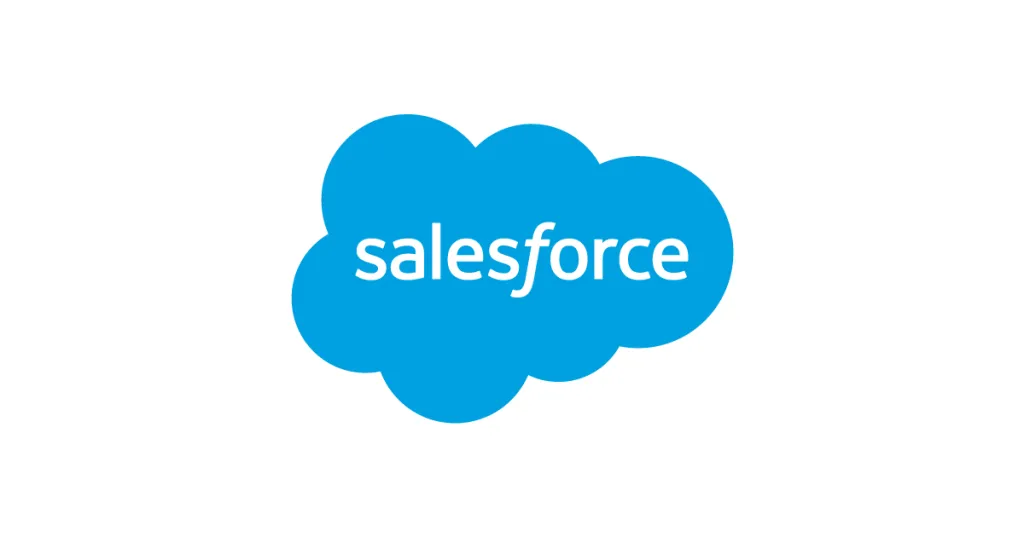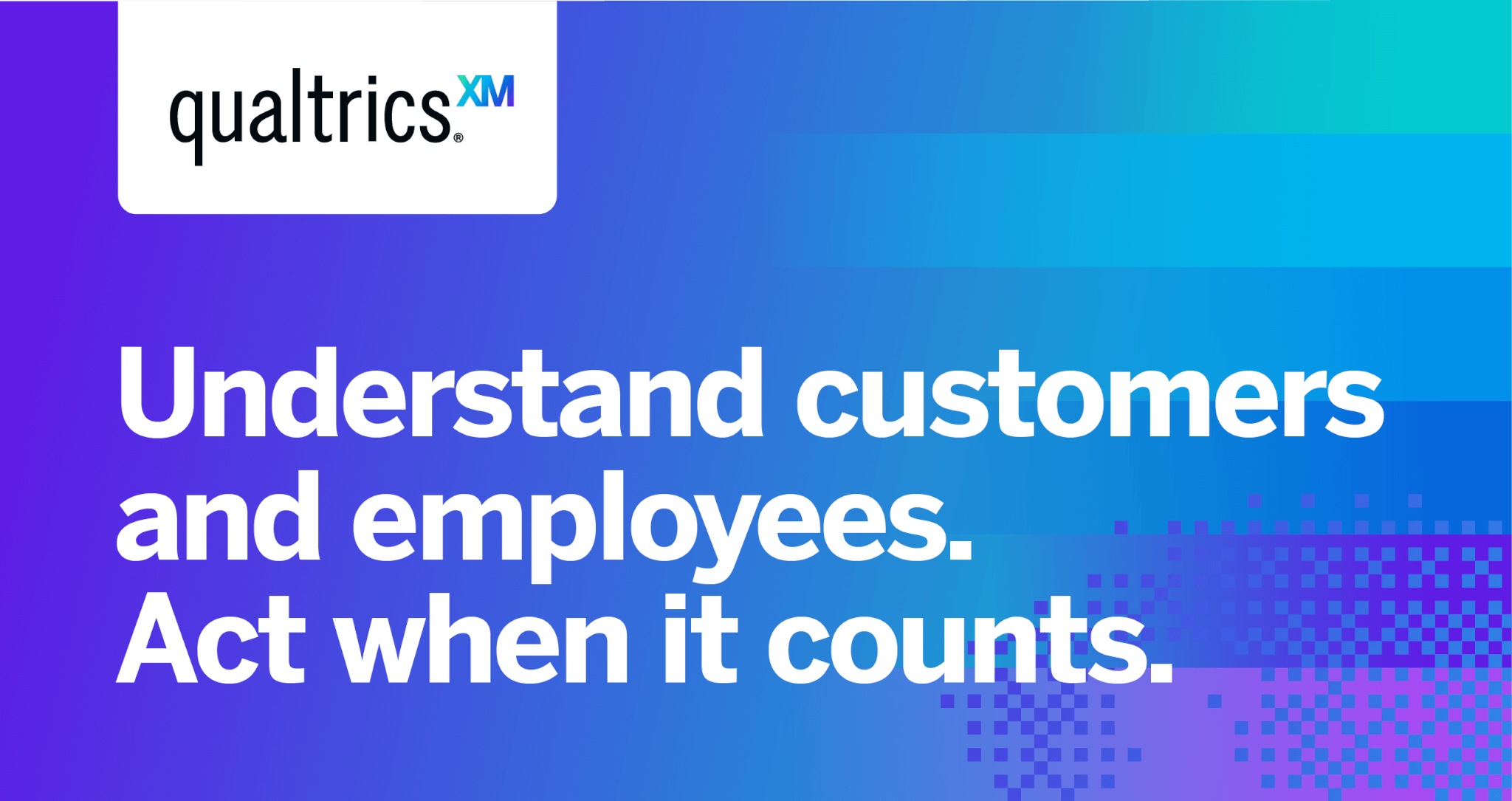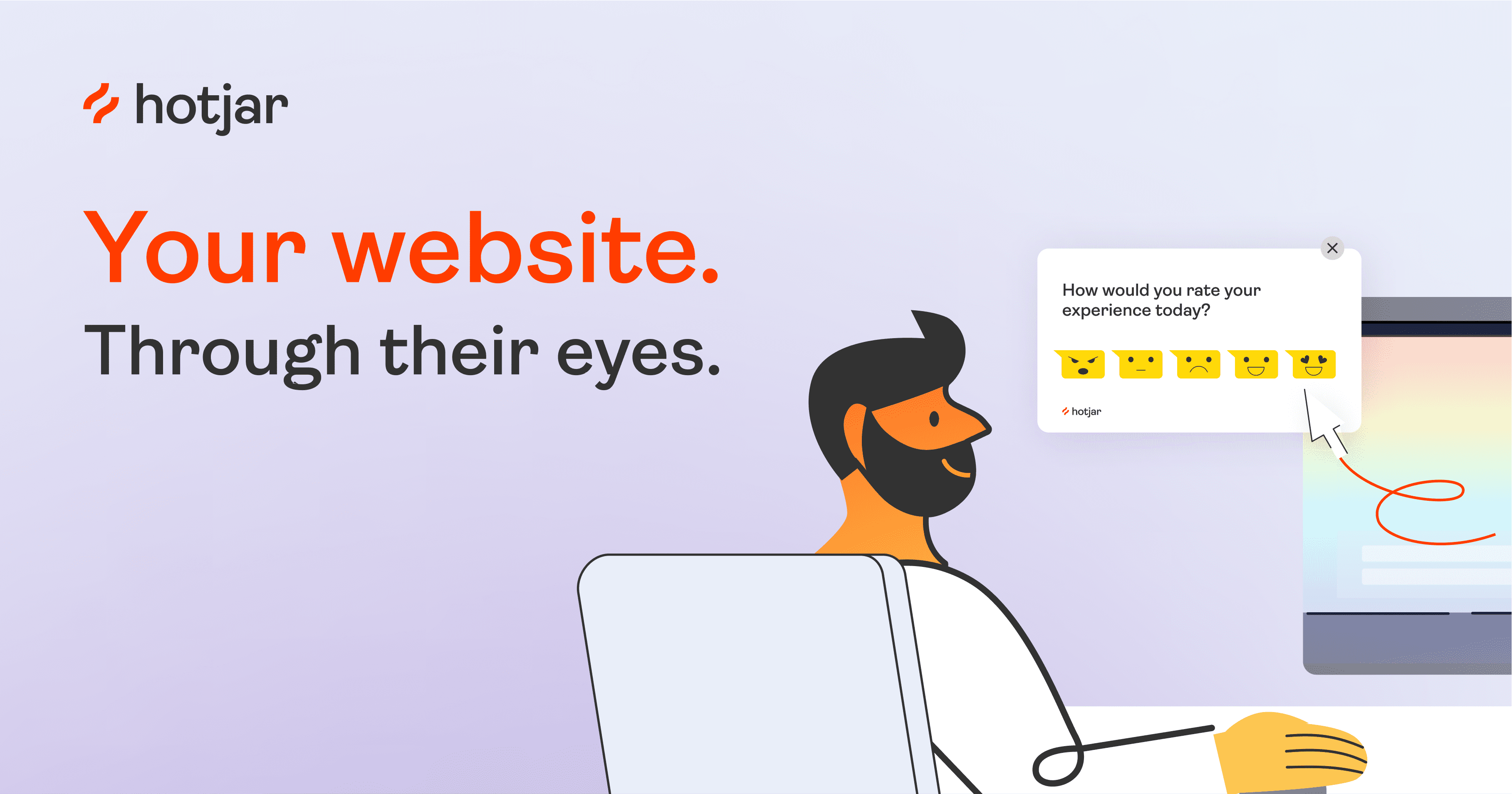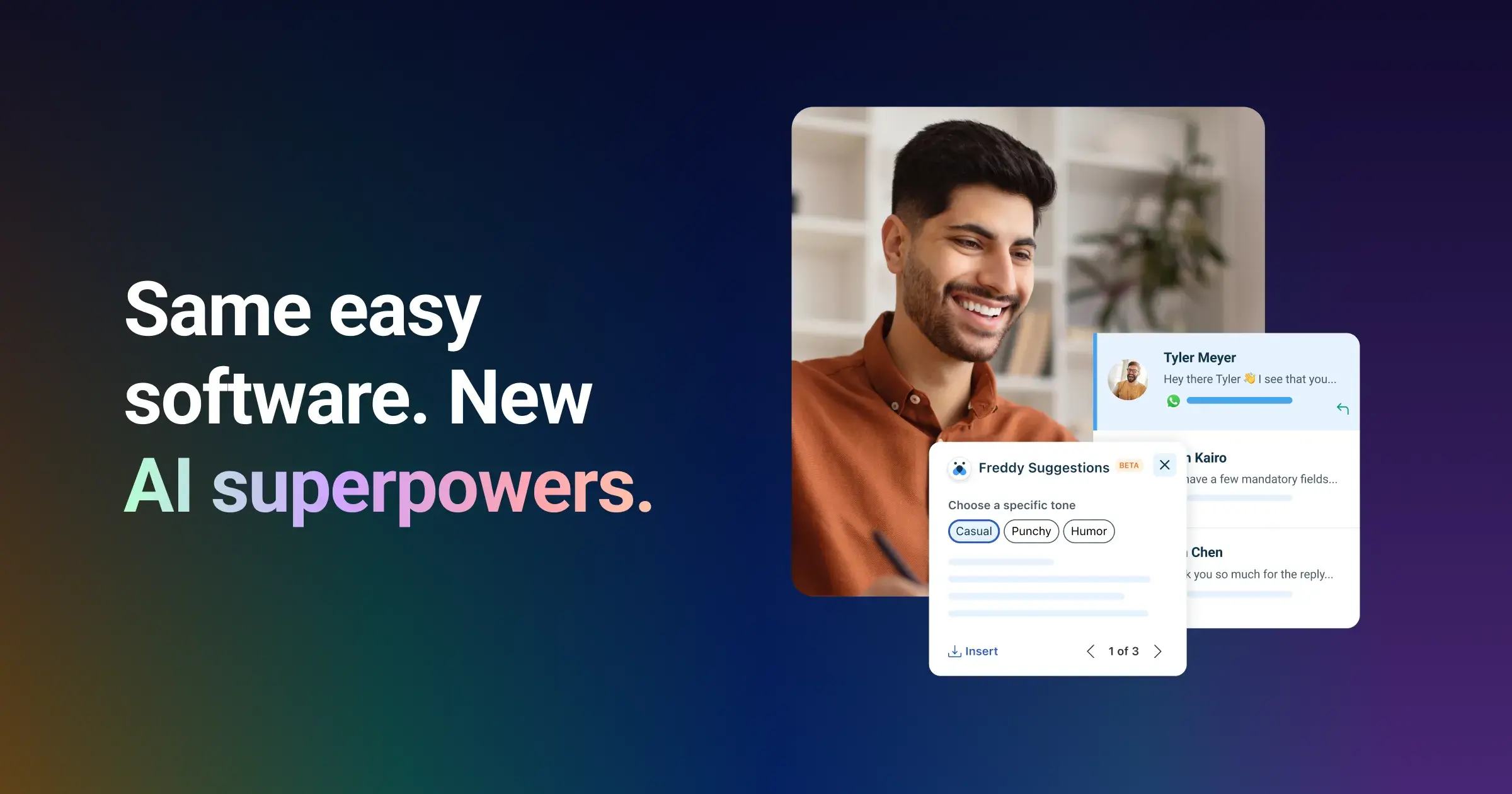Introduction
As customer and employee expectations rise, the ability to consistently deliver engaging, personalized experiences has become a key driver of loyalty and satisfaction. Digital experience platforms (DXPs) and content management systems (CMS) have emerged as critical tools enabling companies to understand needs, communicate contextually and optimize touchpoints. In this blog, we analyze 15 leading DXPs and CMS based on features, reviews and traction to identify the best options for delivering impactful experiences in 2023.
Methods of Evaluation
To evaluate and rank the platforms, we considered several factors including features and capabilities, customer reviews and ratings, traction measures like number of backlinks, organic traffic and keyword trends. Specifically, we looked at the breadth of digital experience features, content management and personalization capabilities, analytics and insights, integration options, customer support and pricing models. To understand real-world adoption and sentiment, we analyzed customer reviews on third party sites, number of backlinks as a proxy for authority and organic search trends for their keyword phrases. This multidimensional approach helped us identify the most feature-rich, well-rounded and promising solutions.
1. WordPress
WordPress is an open source content management system (CMS) that can be used to build blogs and websites. WordPress was first released in 2003 and is now the most popular CMS in the world powering over 38% of websites on the internet according to W3Techs. WordPress can be used to build anything from personal blogs to large scale business websites and e-commerce stores.
Pros: Some key advantages of using WordPress include:
– Open source and free to use – WordPress core software is open source meaning it can be downloaded and used at no cost.
– Massive ecosystem of plugins and developers – Over 55,000 plugins and a huge community of developers providing support.
– Flexible and customizable – WordPress can be customized extensively using themes and plugins.
– Scalable – While simple to start with, WordPress can scale to handle very large sites and traffic volumes.
Cons: One potential disadvantage of using WordPress is that as an open source project, it requires ongoing updates and security patches to keep the site secure. Site owners need to stay on top of updates to avoid security vulnerabilities.
Pricing: WordPress itself is free to download and use. However, for advanced features or enterprise level support, paid hosting and plugins may be required. Popular paid services include Jetpack (from $49/year) for security, backups and other features or WordFence Premium ($89/year) for advanced security. Self-hosted WordPress requires a web hosting account starting from around $5-10/month.
Some key stats about WordPress include:
– Over 60 million websites use WordPress globally
– Over 40% of the top 10,000 websites on the internet use WordPress
– WordPress powers over 38% of websites on the internet
– Over 60 plugins are downloaded every minute and over 600 themes every day
2. Adobe Experience Manager
Adobe Experience Manager is a cloud-based content management system and digital experience platform developed by Adobe. AEM allows users to manage digital marketing content across web, mobile and more. It provides features for content authors, marketers and developers to create and deliver personalized digital experiences at scale.
Pros: Some key advantages of Adobe Experience Manager include:
– Widely used and trusted solution with a large customer base
– Rich set of digital experience features for content management, digital asset management, forms, commerce and more
– Extensive integration capabilities with other Adobe solutions as well as third party applications
– Robust content management system with powerful authoring and collaboration tools
Cons: A potential disadvantage is the higher cost compared to some open source or less full-featured content management systems. An Adobe Experience Manager deployment can require a significant investment and ongoing subscription fees.
Pricing: Adobe Experience Manager is available via a software-as-a-service model with tiered monthly subscription pricing based on factors like number of users, components used, and custom development requirements. Contact an Adobe representative for a personalized quote.
Some key stats about Adobe Experience Manager include:
– Used by over 5,000 global brands including Coca-Cola, Lexus, and McDonalds
– Supports 200 billion digital experiences delivered annually
– Over 25 years of digital experience innovation and leadership
– Part of the Adobe Experience Cloud suite of solutions
3. IBM Digital Experience
IBM Digital Experience is a leading experience management software developed and provided by IBM. As a long-standing technology company known for its enterprise solutions, IBM brings robust capabilities and deep integration with other IBM services to the experience management space.
Pros: Key advantages of IBM Digital Experience include: – Being part of a large established technology vendor with enterprise-grade reliability and support – Deep integration with IBM technologies like AI/Watson, cloud services and other solutions – Flexibility to deploy both on-premise or in IBM public/private clouds – Powerful personalization, analytics and AI capabilities driven by IBM Research
Cons: A potential disadvantage is the large enterprise-focused nature may not be suitable for some smaller organizations or startups without significant IT budgets and needs.
Pricing: Pricing for IBM Digital Experience depends on your specific requirements and deployment but generally starts at around $50,000/year for standard editions. Enterprise editions with additional capabilities are priced higher and customized quotes are available by contacting IBM sales representatives.
Some key stats about IBM Digital Experience include: – Used by more than 5,000 brands globally – Integrates with IBM services like Watson AI, Cloud Pak for Data, Cloud Pak for Multicloud – Supports over 30 languages and 50 currencies – Handles high traffic volumes of over 1 billion visits per month
4. SurveyMonkey
SurveyMonkey is an online survey software that enables users to create surveys, collect feedback and analyze results. Founded in 1999, SurveyMonkey has over 25 million active users and powers over 350,000 organizations around the world including General Mills, NASA and The Bill & Melinda Gates Foundation. Their mission is to empower organizations by giving them the tools they need to unlock insights from their customers, employees and other stakeholders.
Pros: Key advantages of SurveyMonkey include:
– Easy to create online surveys on any device
– Quick analysis tools for common survey question types
– Affordable pricing for individuals and small businesses
Cons: The main disadvantage of SurveyMonkey is the limitations of their free plan which only allows for 10 questions and 100 responses per survey. For organizations with higher volume needs, additional paid plans are required.
Pricing: SurveyMonkey offers several paid plans starting from $21 per month for their Select plan which removes survey limits and provides additional features up to their Premier plan which is $99 per month and includes helpful software like routing, custom branding and panel management.
Some key stats about SurveyMonkey include:
– Over 25 million active users globally
– Powers over 350,000 organizations
– More than 1 billion surveys collected to date
5. Zendesk
Zendesk is a customer service software that provides an integrated CRM and helpdesk solution. Founded in 2007, Zendesk aims to make customer service easier and more effective. With Zendesk, companies can collect feedback from support interactions, track customer histories and resolutions, and gain insights from customer data.
Pros: Some key advantages of Zendesk include:
– Integrated CRM and helpdesk solution that provides a 360 degree view of customers
– Collects feedback from support interactions via tickets, phone calls, live chats etc to improve processes
– Robust data visualization dashboards that provide insights into customer trends and resolutions
Cons: A potential disadvantage is that the software can be expensive for larger teams and enterprises. Pricing is based on the number of agents, tickets, and other features.
Pricing: Zendesk pricing starts from $15/agent per month for their Standard plan up to customized enterprise plans. Additional features like live chat, telephony, and integrations have additional costs. There are free trials available to explore the platform.
Some key stats about Zendesk include:
– Used by over 200,000+ companies globally including Uber, Shopify, Airbnb
– Over 180 app integrations including Salesforce, HubSpot, Atlassian
– Supports 30+ languages
– Robust data visualization dashboards
6. Salesforce Marketing Cloud
Salesforce Marketing Cloud, formerly known as ExactTarget, is Salesforce’s flagship marketing cloud solution. It offers powerful digital marketing automation and analytics capabilities that help companies manage cross-channel campaigns and personalized customer experiences. As the marketing platform of the world’s #1 CRM, Marketing Cloud seamlessly integrates with Salesforce’s sales and service clouds.
Pros: Key advantages of Salesforce Marketing Cloud include:
– Powerful marketing automation platform for cross-channel campaigns.
– Tight integration with Salesforce CRM, service, commerce, and data platforms.
– Strong social listening and engagement capabilities.
– Robust analytics and optimization tools for testing and personalization.
– Scalability to support the needs of large enterprises.
Cons: A potential disadvantage is that Marketing Cloud requires deep technical expertise and resources to leverage its full capabilities. It may not be the best fit for smaller marketing teams or those with limited budgets.
Pricing: Pricing for Salesforce Marketing Cloud is based on the number of total contacts. Starting plans begin at $15,000 per month for up to 500,000 contacts. Additional costs apply for various add-on modules and professional services for implementation and customization.
Some key stats about Salesforce Marketing Cloud include:
– Used by over 25,000 customers worldwide including large brands like Coca-Cola, GE, and Schneider Electric.
– Over 500 marketing automation features including email, mobile, social, and analytics.
– Processes over 50 billion messages annually across multiple communications channels.
– Supports managing customer profiles and preferences across the entire Salesforce Customer 360.
7. Drupal
Drupal is an open source content management system (CMS) that provides a flexible backend to build custom websites and digital experiences. First released in 2001, Drupal powers millions of sites around the world and continues to be developed and supported by a global community of contributors. Some well-known sites running on Drupal include The White House website, NASA, andMIT.
Pros: Some of the main advantages of Drupal include:
– Extremely flexible and extensible open source platform due to modular architecture and developer community
– Large ecosystem of over 45,000 contributed modules to extend core functionality
– Popular open source CMS choice for more complex or larger custom websites
– Highly configurable interface and administration tools
Cons: One potential disadvantage of Drupal is the steeper learning curve compared to simpler CMS platforms due to its complex architecture and theming system. It may require dedicating resources for developer training or hiring experienced Drupal developers initially.
Pricing: Drupal is open source software that can be downloaded for free. There are also a variety of supported hosting and support options available from companies offering Drupal services and solutions on both open source and commercial licensing models.
Some key statistics about Drupal include:
– Used by over 1 million websites globally
– Has over 800,000 community contributions
– Maintains an active community of over 60,000 developers
– New version released every 18 months on average
– Codebase of over 1.9 million lines
8. Qualtrics
Qualtrics is a leading experience management (XM) software provider. Founded in 2002, Qualtrics helps organizations design and improve the experiences of customers, employees, brand and products. With powerful capabilities in experience data (X-data) collection, action management and insights, Qualtrics supports experience programs across the entire organization.
Pros: Some key advantages of Qualtrics include:
– Leader in experience management with the most comprehensive XM platform
– Strong voice of the customer capabilities through innovative research tools and methods
– Employee and brand experience tools to optimize the full employee lifecycle
– Advanced analytics, insights and reporting capabilities powered by its proprietary XM Engine
Cons: A potential disadvantage is the price – as one of the leaders in the space, Qualtrics does not come cheap for larger deployments and more advanced features. However, it aims to provide a full-service experience management solution.
Pricing: Qualtrics pricing is based on the number of licenses needed. There are three core editions – Experience Management (starting at $85K/year), Research Core (starting at $45K/year), EmployeeXM (starting at $55K/year). Additional modules, configurations and support packages are available.
Some key stats about Qualtrics include:
– More than 13,000 customers worldwide including 85% of the Fortune 100
– Processes over 1.5 billion experiences every year
– Has a user base of over 1 million internal employees
9. SAP Customer Experience
SAP Customer Experience is an experience management software developed by German software giant SAP. It provides capabilities for personalized customer journeys across marketing, sales, service and commerce.
Pros: Some key advantages of SAP Customer Experience include: it is part of a large enterprise platform vendor which provides tight integration with other SAP solutions; it offers strong analytics and AI capabilities to gain insights from customer data; and it has a wide ecosystem of partners and developers building solutions on the SAP platform.
Cons: A potential disadvantage is that as a large enterprise software, SAP Customer Experience may have a higher total cost of ownership compared to other specialized experience management solutions on the market.
Pricing: SAP Customer Experience pricing is customized based on factors like organization size, revenue and required functionality. However, in general expects licensing and support fees to start at tens of thousands of dollars annually.
Some key stats about SAP Customer Experience include: it has over 10,000 customers globally, processes more than 2 trillion customer interactions annually and its commerce cloud platform supports over $180 billion in annual commerce volume.
10. Hotjar
Hotjar is an experience management software that helps companies better understand user behavior on their websites. Founded in 2013 and based in Valletta, Malta, Hotjar provides tools like heatmaps, session recordings, and surveys to help companies gather customer insights directly from their sites.
Pros: Some key advantages of Hotjar include:
– Integrates webcam/mic recordings, clickmaps, and surveys to provide a holistic view of the user experience
– Heatmaps show exactly where users engage or get stuck on a site to identify areas for improvement
– A/B testing capabilities allow companies to quickly refine designs and content based on user behavior
Cons: A potential disadvantage is that Hotjar’s free plan only supports 20 pages and 2,000 visitors per month, so it may not be suitable for larger sites without upgrading to a paid plan.
Pricing: Hotjar offers the following paid plans on an annual subscription basis:
– Professional: $49/mo for up to 100 pages and 10,000 monthly visitors
– Business: $99/mo for up to 500 pages and 50,000 monthly visitors
– Enterprise: Custom pricing for 500+ pages and 50,000+ monthly visitors
Some key stats about Hotjar include:
– Used by over 2 million websites including Budweiser, Vimeo, and Microsoft
– Processes over 1 billion visitor sessions per month
– Has helped customers generate over $1 billion in additional revenue by better understanding user needs
11. Webflow
Webflow is an all-in-one website building platform that allows users to build custom websites visually without any code. Founded in 2013 and based in San Francisco, Webflow has grown to become one of the leading website builders and content management systems on the market thanks to its unique visual design and development capabilities.
Pros: Some key advantages of Webflow include:
– Visual drag-and-drop interface that is design-centric yet allows coding when needed
– Powerful yet approachable CMS for non-developers to easily manage content
– Built-in hosting platform ensures quick launch and easy scaling of sites
– Mobile-first design and development approach
– Regular feature updates and integrations with many third-party tools
Cons: The main disadvantage is that as a relatively new platform, it does not have as wide a range of templates and elements as some more established players in the CMS space.
Pricing: Webflow offers three pricing tiers – Basic ($16/month), Business ($48/month) and Enterprise (custom pricing). Key benefits unlock with each plan like additional team members, storage, integrations and priority support.
Some key stats about Webflow include:
– Used by over 150,000 designers, developers and businesses worldwide
– Features a robust library of 300+ UI elements and templates
– Supports responsive and adaptive web design out of the box
– Hosts over 1 million websites
12. Elementor
Elementor is a free drag and drop page builder for WordPress that allows users to create responsive websites and landing pages. Founded in 2011 and used by over 5 million websites globally, Elementor helps both novice and advanced users build beautiful sites without touching any code.
Pros: Some key advantages of Elementor include:
– Visual and intuitive drag-and-drop interface for building landing pages and sites visually without code
– Large library of templates, widgets and addons from Elementor and third party developers
– Mobile responsive layouts are created automatically so sites look great on any device
– Support for WooCommerce integration and other popular plugins
Cons: A potential downside is that the free version has limitations on the number of widgets and sections that can be used per page. However, these limitations are rarely an issue for most basic personal and small business sites.
Pricing: Elementor has a free basic tier that supports all WordPress.org features with some limited functionality. Upgraded Pro and Business plans are available for $49-149 per year and include access to premium widgets, priority support, and CMS import/export features.
Some key stats about Elementor include:
– Used on over 5 million websites globally
– Available as a free plugin on WordPress.org with a number of premium addons
– Visual builder approach makes it easy for non-developers to create pages
– Large library of ready-made templates and widgets for common site elements
13. Freshworks
Freshworks provides an all-in-one customer experience management platform that helps businesses strengthen customer relationships through effective service, sales and engagement. Their flagship products include Freshdesk for customer support, Freshsales for CRM and Sales, and Freshmarketer for marketing automation.
Pros: Key advantages of Freshworks include:
– All-in-one platform with CRM, helpdesk, messaging and marketing automation capabilities.
– Easy to use and deploy with intuitive interfaces.
– Robust API ecosystem allows for seamless integration with other business apps.
– Great support with tools, documentation and community forums.
Cons: One potential disadvantage is that as an all-in-one platform, some businesses may prefer to use best-of-breed point solutions for specific needs like CRM or helpdesk.
Pricing: Freshworks offers flexible pricing plans including:
– Freemium plans for basic capabilities.
– Paid monthly/annual subscription plans starting from $15/agent for Freshdesk and $12/user for Freshsales.
– Enterprise pricing available for large deployments with custom quoting.
Some key stats about Freshworks include:
– Used by over 50,000 companies worldwide including Honda, Toshiba, and Hugo Boss.
– Over 300 integrations available including with Shopify, Slack, Zendesk and more.
– Has served over 300 billion support requests on their platform.
– Named a leader in both the G2 Grid for CRM and G2 Grid for Support & Service in 2022.
14. Sitefinity
Sitefinity is an enterprise-level digital experience platform developed by Progress. As one of the early leaders in the content management system (CMS) space, Sitefinity has grown into a powerful platform for building complex websites, web applications, and online experiences. With options for both hosted and on-premise deployment, Sitefinity can scale to meet the needs of organizations of any size.
Pros: Some key advantages of Sitefinity include:
– Modern digital experience platform capable of complex web projects
– Strong AI and machine learning features for personalization and automation
– Robust headless and composable capabilities for flexible delivery of content
– Large ecosystem of verified partners for add-ons, themes, and integrations
Cons: Potential disadvantages of Sitefinity could include:
– High upfront and ongoing licensing costs compared to some open source CMS options
– Steep learning curve for leveraging the most advanced capabilities
– Not as widely used as some other CMS platforms so developer resources may be harder to find
Pricing: Sitefinity is commercial software available under several pricing plans including:
– On-premise perpetual licensing starting around $7,000 per server
– Hosted/cloud options starting at $2,400 per year
– Additional costs for support, training, implementation services, and premium add-ons
Some key stats about Sitefinity include:
– Used by over 5000 customers worldwide across a wide range of industries
– Supports over 20 languages and currencies out of the box
– Large partner ecosystem with over 1000 verified partners
– Advanced features like AI/ML, headless CMS capabilities, and robust APIs
15. Birdeye
Birdeye is a leading experience management software designed specifically for multi-location businesses. Founded in 2012, Birdeye helps over 65,000 businesses in various industries like restaurants, retail stores, home services and more to collect and manage customer reviews, feedback and messages across all their locations. With over 10 million customer conversations on its platform, Birdeye is one of the top review management solutions for multi-location businesses.
Pros: Some key advantages of Birdeye include:
– Reviews platform tailored specifically for multi-location businesses
– Easy to capture feedback from customers via online reviews, surveys, messaging and more
– Affordable pricing plans starting from $49/month suitable for solo entrepreneurs and small businesses too
Cons: One potential disadvantage is that the pricing may not be as affordable for very large enterprises with hundreds of locations.
Pricing: Birdeye offers flexible pricing plans starting from $49 per month for a Basic plan suitable for small businesses up to an Enterprise plan customized for the largest companies. The plans vary in features like the number of locations allowed, customer messaging capabilities, reviews analytics and support.
Some key stats about Birdeye include:
– Over 65,000 businesses worldwide use Birdeye across various industries
– Collects and manages over 10 million customer conversations annually
– Serves customers in over 150 countries
Conclusion
While all the platforms analyzed are capable of powering engaging experiences, a few stood out based on breadth of features, momentum in the market and positive user sentiment. Companies evaluating DXPs and CMS should carefully consider use cases, scale of deployment and integration needs before selecting the right platform. Regardless of which solution is adopted, taking a customer-centric and insights-driven approach will be key to continually optimize touchpoints and deliver impactful experiences that strengthen relationships in 2023.


















